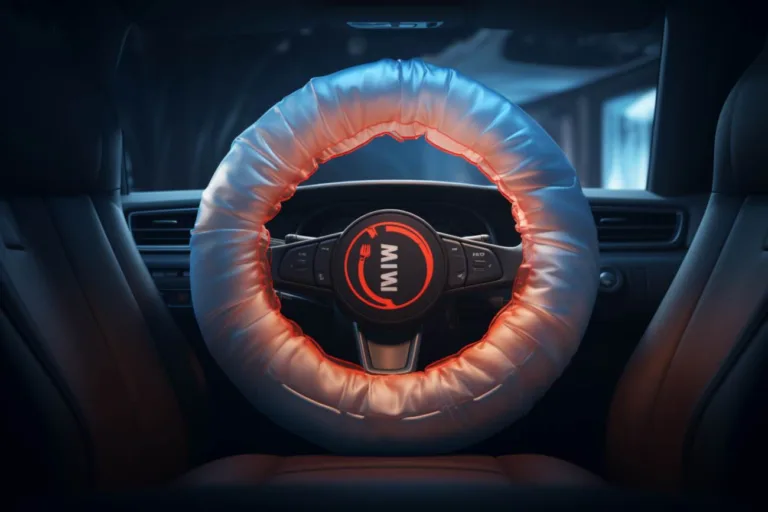Welcome to our comprehensive guide on airbags, a crucial component of modern vehicle safety systems. In this article, we delve into the intricate details of airbags, exploring their history, function, types, deployment, and the advancements that have made them an indispensable feature in today’s automobiles.
The evolution of vehicle safety: a brief overview
As technology has evolved, so has the approach to vehicle safety. In the early days of automotive history, safety features were limited, if not entirely absent. However, the pressing need to reduce injuries and fatalities led to the development of various safety innovations, and among them, the airbag stands as a milestone achievement.
Understanding the function of airbags
At its core, an airbag is a safety device designed to protect vehicle occupants in the event of a collision. It operates on the principle of rapid inflation and deflation. When a collision occurs, sensors strategically placed in the vehicle detect the rapid deceleration and send signals to the airbag control unit. In a matter of milliseconds, the airbag is deployed, acting as a cushioning barrier between the occupant and the interior of the vehicle.
Main types of airbags
Airbags have evolved to include a variety of types that cater to different collision scenarios and vehicle occupants. Some of the main types include:
- Driver Airbag: Located in the steering wheel, it protects the driver’s head and chest.
- Passenger Airbag: Positioned in the dashboard, it safeguards the front passenger.
- Side Airbags: Placed in the doors or seats, these protect occupants from side-impact collisions.
- Curtain Airbags: Installed along the roof’s edge, they shield occupants‘ heads during a rollover or side collision.
Advancements in airbag technology
Over the years, airbag technology has seen remarkable advancements. These innovations are aimed at improving deployment accuracy, reducing false activations, and enhancing overall safety. Some modern vehicles are equipped with:
- Multi-Stage Airbags: These adjust deployment force based on collision severity.
- Weight Sensing: Airbags can detect the weight of the occupant and adjust deployment force accordingly.
- Side-Impact Airbags: Specialized airbags for side collisions, reducing injury risk.
- Advanced Sensors: High-tech sensors for precise collision detection and occupant classification.
Airbag deployment: the process unveiled
When a collision is detected, the airbag control unit triggers a chemical reaction that generates nitrogen gas. This gas inflates the airbag at speeds exceeding 200 mph (320 km/h). The inflated airbag acts as a cushion that absorbs the force of impact, reducing the risk of injuries caused by contact with hard surfaces within the vehicle.
Frequently Asked Questions (FAQs)
Q: Do all vehicles come equipped with airbags?
A: Yes, virtually all modern vehicles are equipped with airbags as a standard safety feature.
Q: Can airbags be dangerous?
A: While airbags greatly enhance safety, improper seating positions, or not wearing seat belts can lead to injuries due to airbag deployment. It’s essential to follow safety guidelines.
Q: How often should airbags be replaced?
A: Airbags generally do not require routine replacement. However, if your vehicle has been in a collision, it’s crucial to have the airbag system inspected and potentially replaced by a qualified professional.
Q: Are there different airbag designs for different car models?
A: Yes, airbag designs can vary based on the vehicle model, size, and intended use. Manufacturers tailor airbags to provide optimal protection for specific scenarios.
Q: Can airbags deploy randomly?
A: Modern airbag systems are equipped with advanced sensors that are highly unlikely to trigger false deployments. They are designed to activate only during significant collisions.
As the automotive industry continues to prioritize safety, airbags remain a central component of these efforts. Their evolution from simple cushioning devices to sophisticated, life-saving technology underscores the commitment to protecting vehicle occupants. Remember, staying informed about the proper use and maintenance of airbags is essential to ensure your safety on the road.
Viz také:






